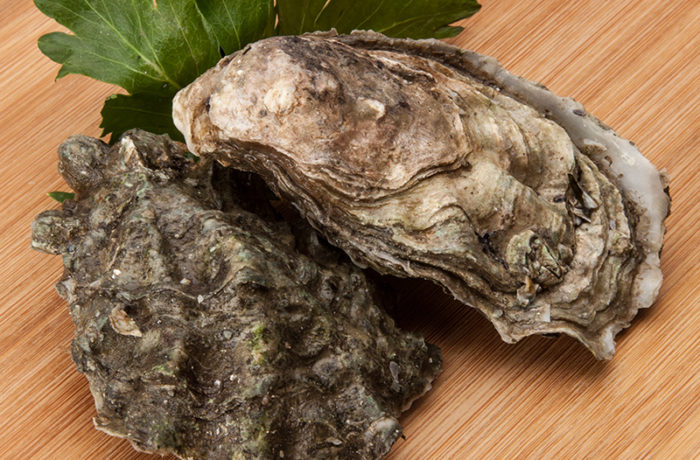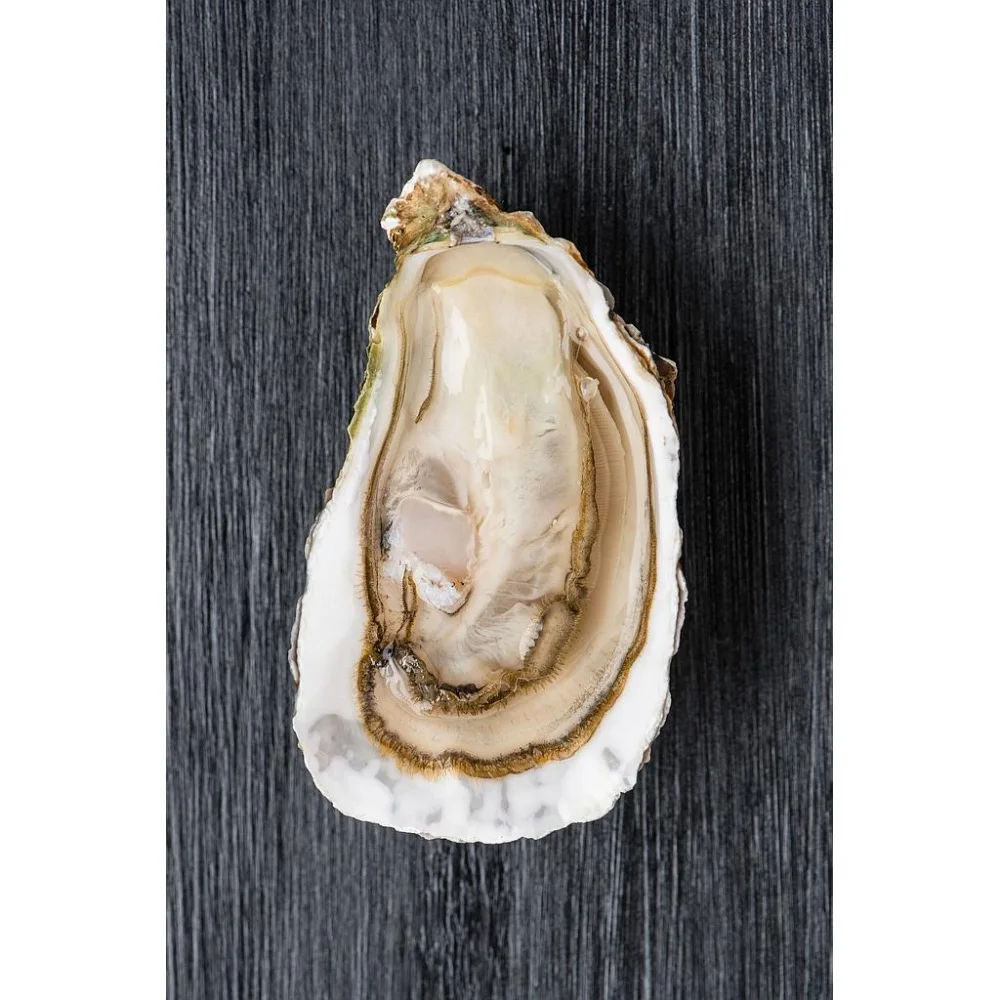

We hope that better markets can be found for these feral (wonky) oysters to enable the oyster populations in our estuaries to be controlled by hand collection. The oysters themselves are irregular in shape and sometimes very large (up to 30cm long), and a product sometimes sold as a 'Rock oysters'.

Some fishermen already collect feral oysters but report that there is currenly not a large market for them. However, in Cornwall's south coast estuaries and bays Pacific oysters have now formed wild populations, and in some areas they significantly alter the nature of the shore creating sharp intertidal oyster reefs, and smothering intertidal rock. In the Camel estuary this hasn't happened, possibly due to the sandy nature of the environment in this area preventing the settlement of spat. This advice is now out dated and there are numerous examples of oyster larvae (spat) escaping and colonising nearby natural habitats. In the 1950's and 60's government advice was that sea temperatures were not warm enough in the UK for Pacific oysters to sucessfully reproduce. The culture of oysters is low impact and doesn’t add pollution to the water. They are usually cultured in mesh sacks which are turned by hand at low tide.

And historically Pacific oyster farming has also taken place in the Helford, Fal, Fowey and Tamar Estuaries. Pacific oysters have been commerially farmed on the banks of the Camel estuary since the 1960's. There are now two main sources of Pacific oysters available to consumers.


 0 kommentar(er)
0 kommentar(er)
